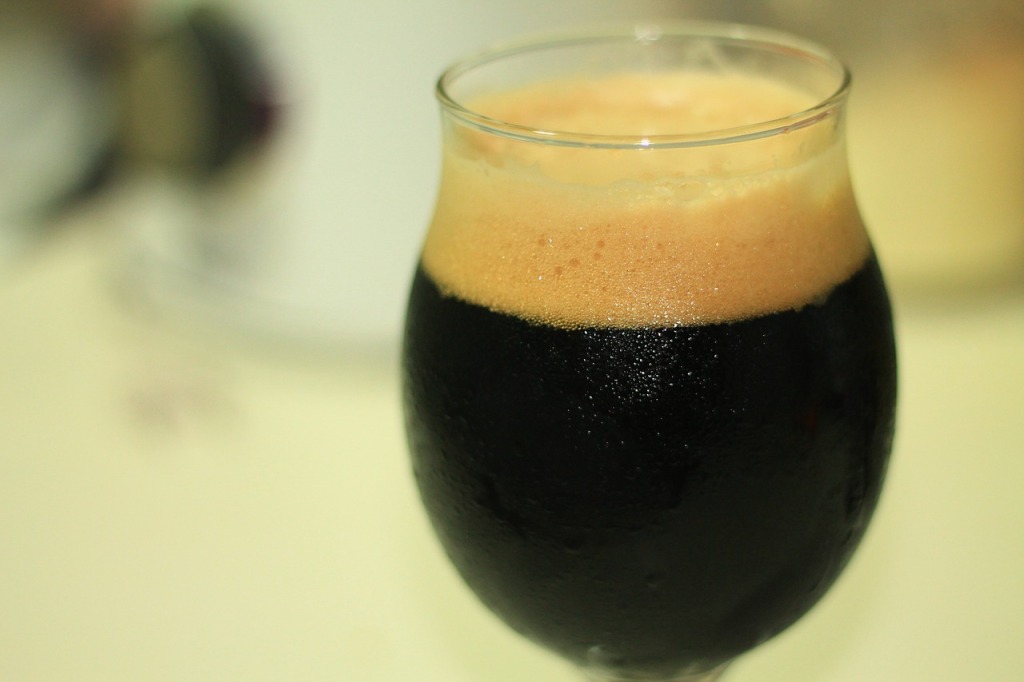Stouts, with their rich history and diverse profiles, are a cornerstone of the beer world. The BJCP (Beer Judge Certification Program) categorizes stouts into several distinct styles, each with its unique characteristics. Let’s explore these styles – 15B (Irish Stout), 15C (Irish Extra Stout), 16A (Sweet Stout), 16B (Oatmeal Stout), 16C (Tropical Stout), 16D (Foreign Extra Stout), 20B (American Stout), and 20C (Imperial Stout) – and understand what sets each apart.
15B: Irish Stout
Irish Stouts are known for their drinkability. They exhibit a moderate roasted malt character without being overly bitter. Think of Guinness Draught, with its iconic creamy head and smooth finish, as a classic example. These stouts are typically lower in alcohol, making them great session beers.
15C: Irish Extra Stout
Building on the Irish Stout, the Irish Extra Stout offers a more intense experience. O’Hara’s Leann Folláin is a prime example, with its higher alcohol content and pronounced roasted flavours. These stouts often incorporate complex notes like dark chocolate and coffee.
16A: Sweet Stout
Sweet Stouts, also known as Milk Stouts, are characterized by their sweet, smooth, and creamy profile. They often include lactose (milk sugar), which yeast cannot ferment, adding sweetness and body. Left Hand Milk Stout Nitro is a classic example, offering a gentle roastiness balanced by its inherent sweetness.
16B: Oatmeal Stout
Oatmeal Stouts include oatmeal in their brewing process, contributing to a smooth and rich mouthfeel. These stouts often have a more balanced profile, with neither the sweetness of a Milk Stout nor the intense roast of an Irish Extra Stout. Brehon Brewhouse Ulster Black Oatmeal Stout is a well-known example, showcasing a silky texture and a blend of sweetness and roast.
16C: Tropical Stout
Tropical Stouts are a sweeter, fruitier version of the traditional stout, often brewed in tropical regions like the Caribbean. They balance the roasted malt with a light sweetness and sometimes notes of dark fruits. Dragon Stout from Jamaica and Lion Stout from Sri Lanka are notable examples, offering a sweet, almost rum-like quality.
16D: Foreign Extra Stout
Foreign Extra Stouts are stronger and bolder than standard Irish Stouts, with a more pronounced hop bitterness. They are designed for export, hence the name. Guinness Foreign Extra Stout is a perfect example, showcasing a robust and complex flavour profile.
20B: American Stout
American Stouts bring the boldness typical of American brewing. They often feature pronounced hop bitterness and flavour, along with the roasted character of traditional stouts. Sierra Nevada Stout is a classic example, with its noticeable hop presence alongside the traditional dark malts.
20C: Imperial Stout
Imperial Stouts are the boldest and strongest of the stout family, originally brewed in England for export to the Russian Imperial Court. They are known for their high alcohol content and intense flavours. Think of the rich, complex profiles of beers like Wicklow Wolf Pointy Shoes Imperial Stout or Lervig Konrad Imperial Stout, with notes of dark fruit, chocolate, and coffee.
Comparative Summary
- Irish Stout (15B): Lower in alcohol, smooth, and drinkable with a moderate roastiness.
- Irish Extra Stout (15C): A bolder version of the Irish Stout, with more pronounced roasted flavours and higher alcohol content.
- Sweet Stout (16A): Characterized by its sweetness from lactose, offering a creamy and smooth profile.
- Oatmeal Stout (16B): Notable for its smooth, rich texture from oatmeal, with a balanced sweetness and roast.
- Tropical Stout (16C): Sweeter and fruitier, often with higher alcohol content, popular in tropical regions.
- Foreign Extra Stout (16D): Stronger and more hop-bitter than standard Irish Stouts, designed for export.
- American Stout (20B): Features the bold hop character of American beers, alongside traditional stout roastiness.
- Imperial Stout (20C): The strongest and boldest, with high alcohol content and rich, complex flavours.
Each of these stout styles offers a unique experience, from the sessionable Irish Stout to the bold and intense Imperial Stout. Understanding these categories helps in appreciating the diversity and richness of stouts, whether you’re a brewer, a judge, or simply a lover of this dark and delightful beer.

